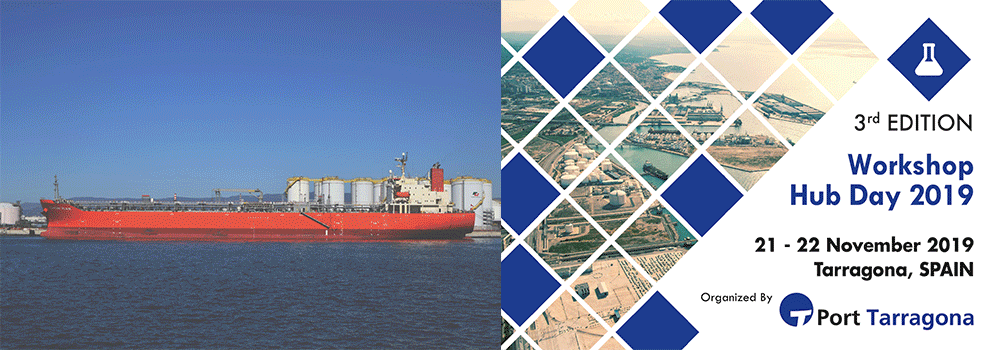UK Ports welcome steady performance despite political uncertainty
Data from the British Department of Transport for 2018 shows stable port freight tonnages overall, with only a 0.1 per cent difference on the previous year at 483.3 m tonnes. However, overall unit load traffic declined; which is likely to be attributed to a decline of port traffic in passenger cars and new trade cars (both imports and exports).
Key figures for UK major ports (ports handling over a million tonnes annually) in 2018:
- The UK continues to import more than it exports. A total of 252.4 million tonnes were imported, compared to 130.5 million tonnes exported.
- More goods were moved between UK major ports and the EU than any other region in 2018, accounting for 44 per cent (206.2 million tonnes) of total major port traffic.
- Liquid bulk goods, which account for 39 per cent of total tonnage, decreased 5 per cent overall; crude oil handled has more than halved since 2000 to 82.4 million tonnes and continues to fall.
- Unitised traffic fell to 23.9 million units, after five consecutive years of growth.
- Container units increased to a record high of 6.0 million units.
- Overall roll-on roll-off traffic fell by 1 per cent to 17.9 million units passing through UK major ports.

Commenting on the figures, Phoebe Warneford-Thomson, Policy and Economic Analyst at the British Ports Association said: “Despite a temperamental global trading climate and the uncertainties created by Brexit, 2018 was a steady year for port operators. Overall port freight figures remain constant although there is plenty of port capacity in the dry bulks, project cargo and particularly in the container sectors, meaning shipping companies have plenty of choice. This means competition between ports, which drives efficiencies and innovation.”
Statistics for the fourth quarter of port freight tonnage showed an exceptionally high growth of 6% to 121.8m tonnes, which is consistent with suggestions that UK manufacturers were ‘stockpiling’ inventory ahead of expected trade disruptions in quarter one and two of 2019. These figures serve to evidence that ports are playing a vital role in facilitating the British economy’s Brexit preparations.
The data also provides a breakdown by port traffic data. Overall figures are largely unchanged however, there are some interesting developments:
- Volume growth for the collection of Humber ports including Grimsby, Immingham and Killingholme contributed to an overall increase of market share to 17 per cent, maintaining its position as the busiest regional trade gateway in the UK.
- The Port of London ‘complexes’ increased its market share to 11.3 per cent from 9.4 per cent in 2015, maintaining its position as second in the UK market.
- Issues at the Port of Felixstowe, the UK’s busiest container port, throughout 2018 resulted in a 1.2m tonnes (-15.6 per cent) decline of tonnage in the fourth quarter, and inward units handled declined by -18.2 per cent across the full year. Most of this traffic was switched by the deep-sea shipping lines to other UK ports such as Liverpool and London Gateway.
The full report can be found here.
For more information visit www.britishports.org.uk
23rd August 2019
















